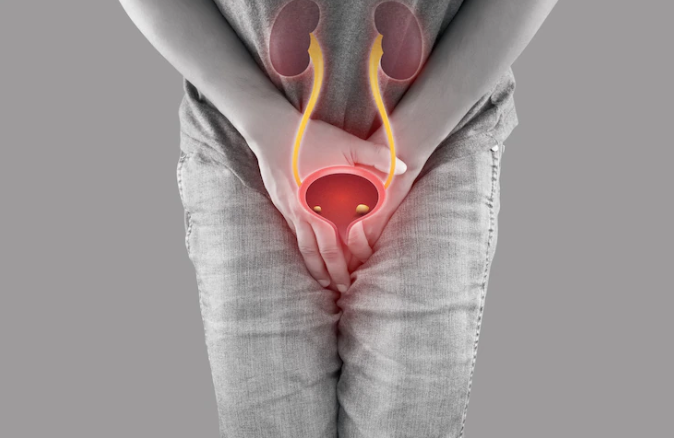
Men can get urinary tract infections (UTIs). Most urinary tract infections (UTIs) affect the bladder and the urethra, the tube that drains urine from the bladder to outside the body. Males often don’t realize that they can also develop these infections. However, it should be noted, that men rarely get urinary tract infections before age 50, but they are more common in older men. Men older than 50 may have an infection but no symptoms.
UTIs in males cause pain with urination, as well as other symptoms. These infections can often be diagnosed with a urinalysis (U/A), also called a urine test.
When a UTI develops in men, it is usually considered complicated and more likely to spread to the kidneys and upper urinary tract. Some cases may even require surgery.
What causes a UTI?
Urinary tract infections typically occur when bacteria enter the urinary tract through the urethra and begin to multiply in the bladder.
An infection in your urinary system may be caused by:
- an enlarged prostate
- bacteria from your anal area (bottom) entering your bladder
- a sexually transmitted infection (STI), e.g., chlamydia
- Bladder or kidney problems. For example, kidney stones or conditions that cause urine to pool and not drain properly.
- A poor immune system.
Symptoms.
The symptoms of a bladder infection tend to come on suddenly and include:
- painful urination and a burning sensation
- needing to urinate frequently
- sudden urges to empty your bladder called urinary urgency
- pain in your central lower abdomen, just above the pubic bone
- blood in your urine
Diagnosis
The following can be done to determine if one does have UTIs:
- a urine test also known as Urinalysis to show infection plus overall health.
- Urine cultures may show which germ is causing the infection.
If an infection does not clear up, or one has repeated infections, special tests may be done such as:
- a type of x-ray called an intravenous pyelogram (IVP), which involves injecting a dye into a vein and taking pictures of the kidney and bladder
- an ultrasound exam, which gives a picture of the kidneys and bladder using sound waves
- a cystoscopy exam, which uses a hollow tube with special lenses to look inside the bladder.
How is a UTI treated?
Antibiotics treat bacterial infections. Antibiotics destroy bacteria and stop them from growing.
Medicines may be given to decrease pain and burning when one urinates. They will also help decrease the feeling that one needs to urinate often. These medicines may make the urine orange or red.
Prevention
You can help prevent UTIs by:
- Drinking lots of fluids every day.
- Urinating regularly. This helps flush bacteria out of your urinary tract.
- UTI can be caused by an STI (chlamydia) therefore practicing safe sex.
- Urinating soon after being intimate with a partner. This helps wash away bacteria.
- Keeping your genital area clean.

Recent Comments